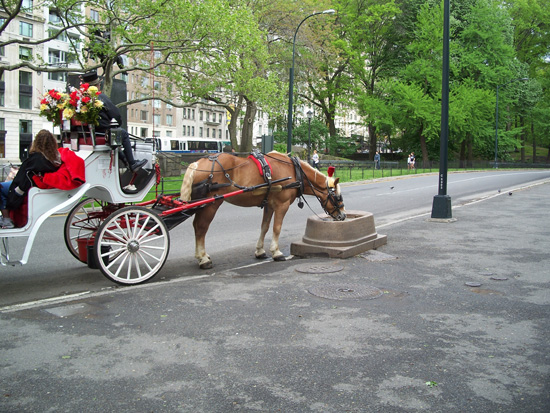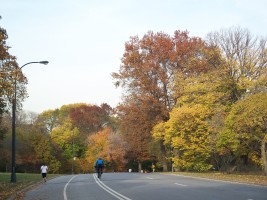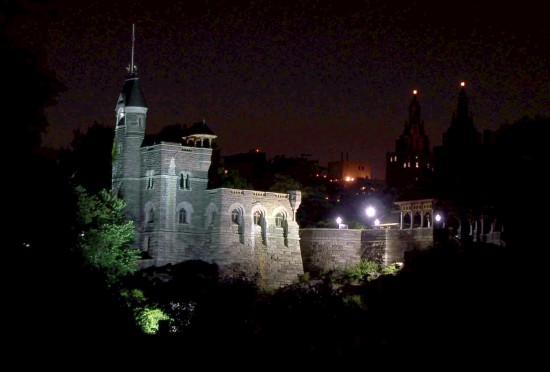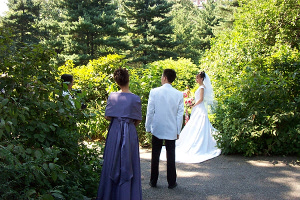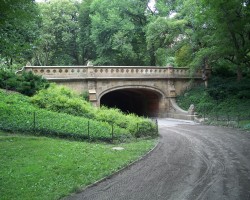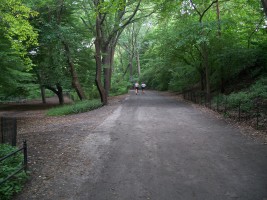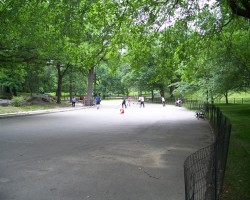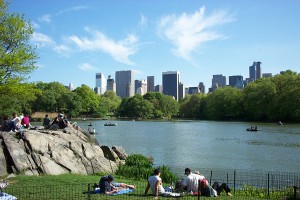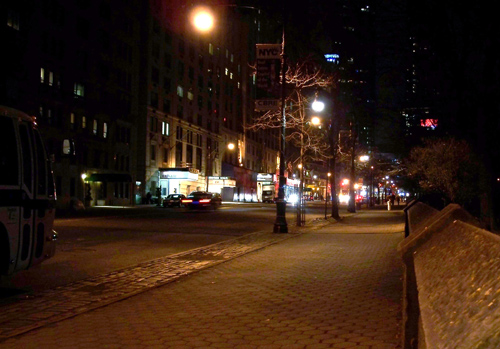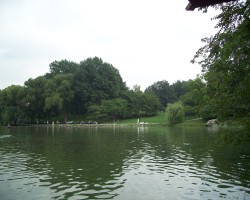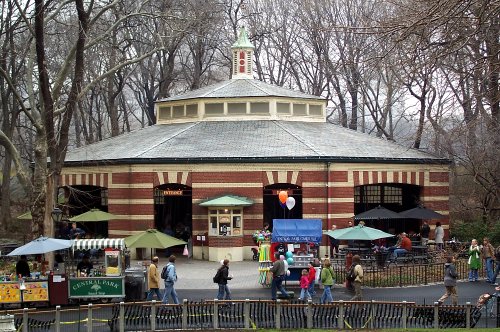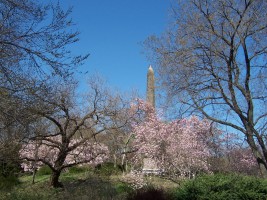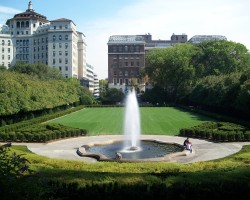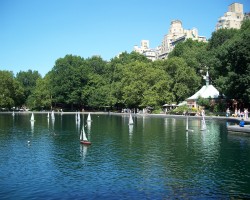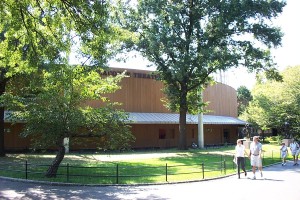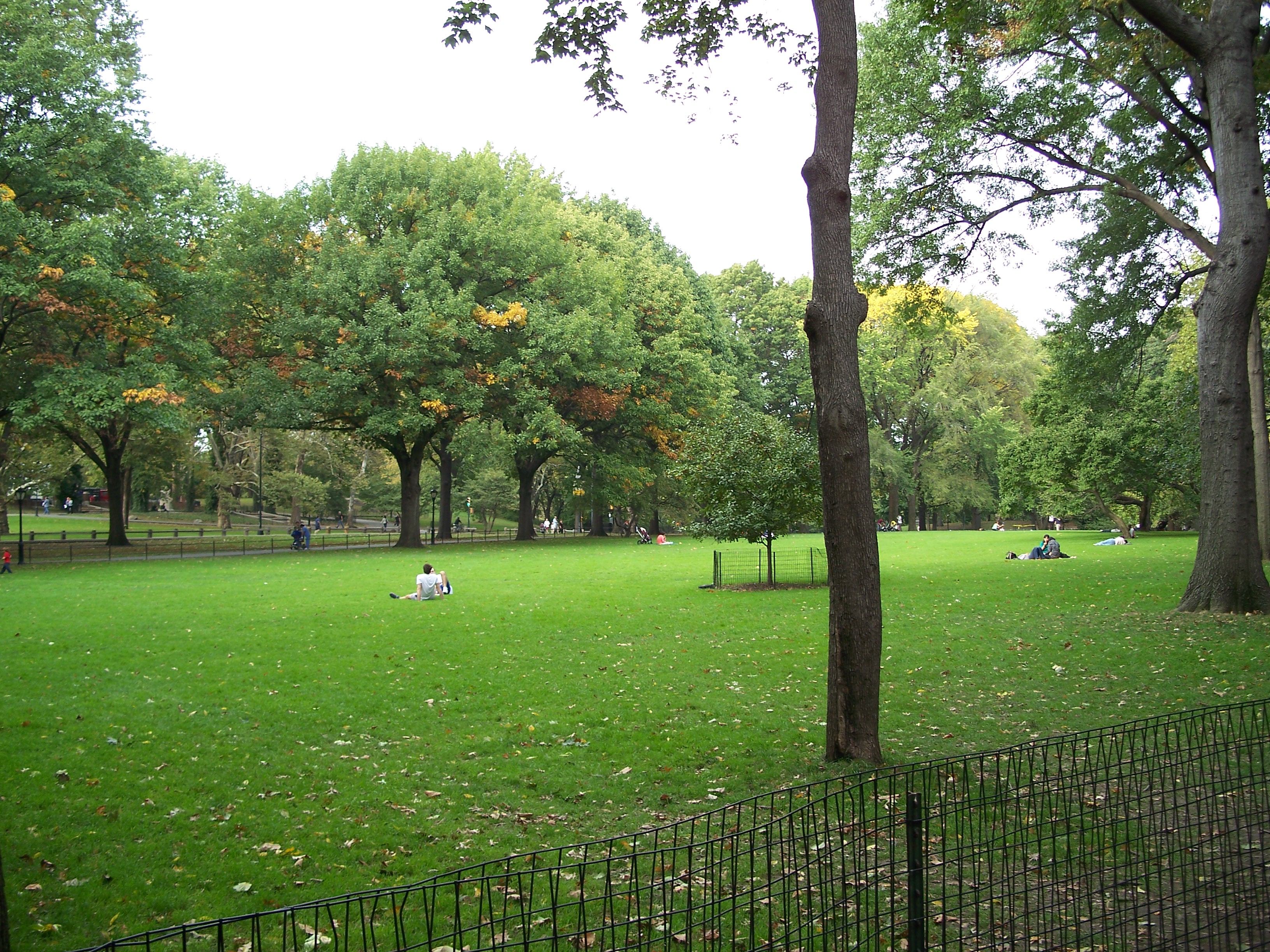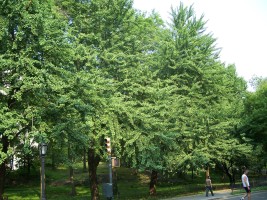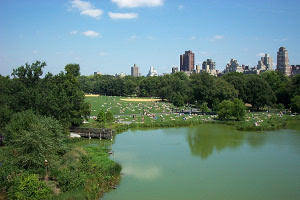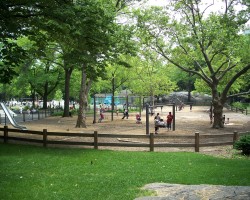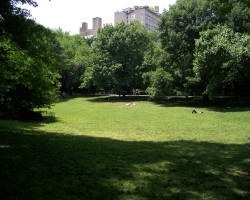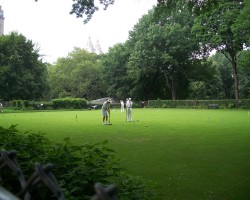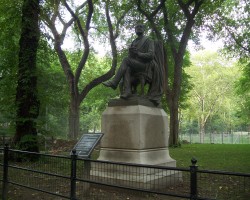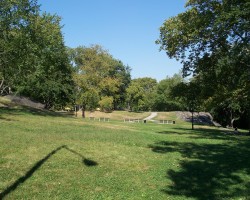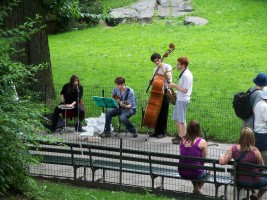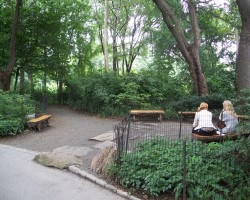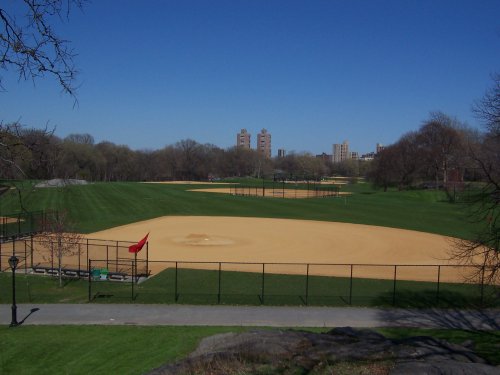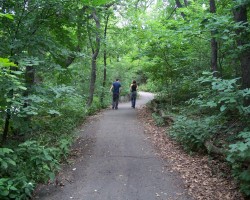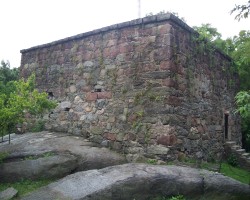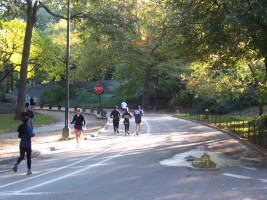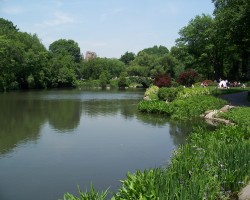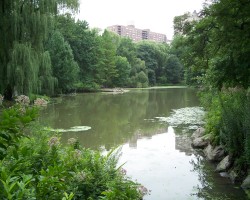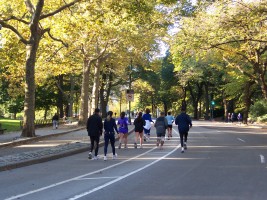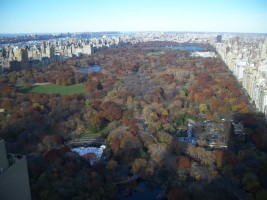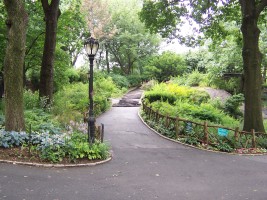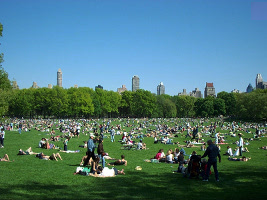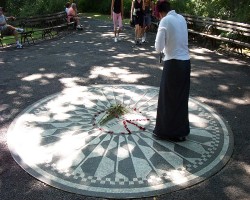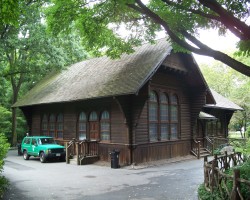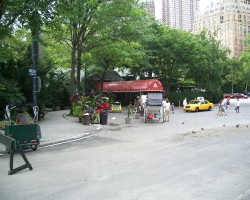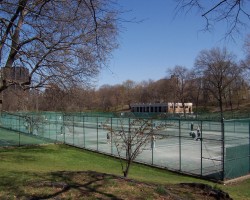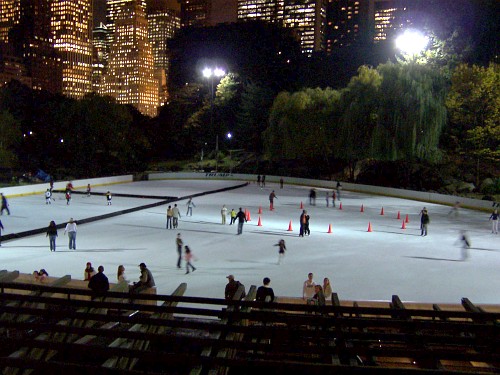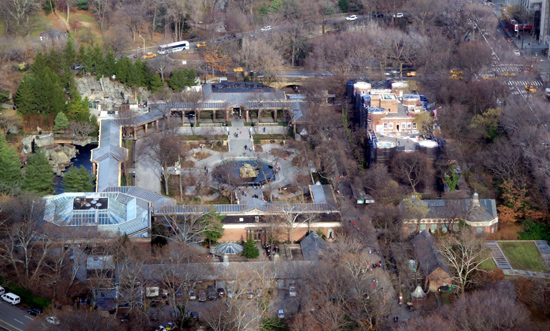Central Park
Around 1849, a group of wealthy New Yorkers who admired the public grounds of London and Paris were lead by merchant Robert Minturn to began advocating for the first landscaped public park in the United States. They believed such a park in New York would give the city an international reputation, offer their families an attractive setting for carriage rides and provide workers with a healthful alternative to the saloon. Quietly, they also knew it would substantially increase the value of their uptown land holdings and discourage the development of lower-class communities in their midst.
After years of contentious debate over the location, size and cost of the park, the state legislature authorized the city to use the power of eminent domain to acquire a parcel of more than seven hundred acres in the middle of Manhattan. A site bounded by 106th Street, Fifth Avenue, 59th Street and Eighth Avenue was chosen (later expanded northward to 110th street). The irregular terrain of swamps, bluffs and rocky outcroppings made the land undesirable for private development, although the area included low-income neighborhoods with a significant number of private homes.
In 1857 the politically charged Central Park Commission held a design contest won by the park superintendent, Frederic Law Olmsted, and Calvert Vaux. Their "Greensward Plan" called for a combination of the pastoral (open, rolling meadows), the picturesque (the Ramble), and the formal (the dress grounds of the Promenade and Bethesda Terrace) in the English romantic tradition.
Construction commenced with surveying work in the summer of 1856 and was largely completed by 1866. The park has undergone numerous modifications over the years, most notably with the addition of playgrounds and recreational ballfields in the 1930s by parks commissioner Robert Moses using WPA funds. During the 1970s security and maintenance in the park declined considerably with the fortunes of the city until care of the park was taken over by the Central Park Conservancy, a public/private partnership. But through all these changes, the fundamental design and purpose of the park has remained constant, serving the city as an oasis of green and a respite from the canyons of concrete and steel.
The triumph of Vaux and Olmsted's design had been to turn a swampy and rocky 'wasteland' into a beautifully composed pastoral landscape. The triumph of the New Yorkers who visited the park was to remake it in a way that realized the democratic implications of Vaux's vision of it as a 'many-sided, fluent, throughly American high art work.'
(Rosenzweig pp 339)
